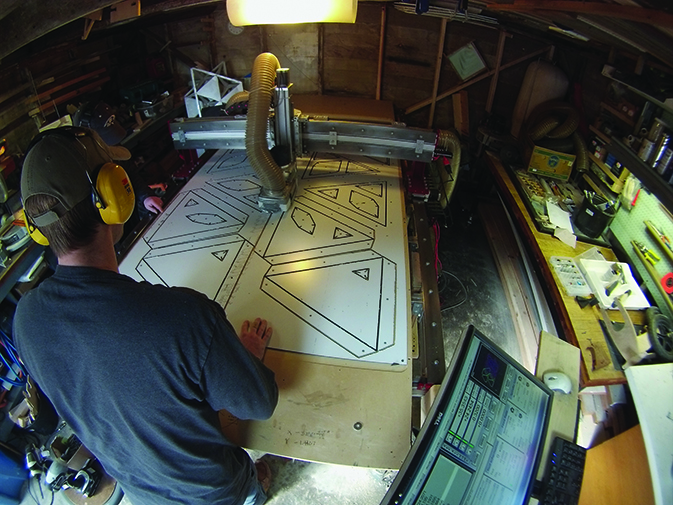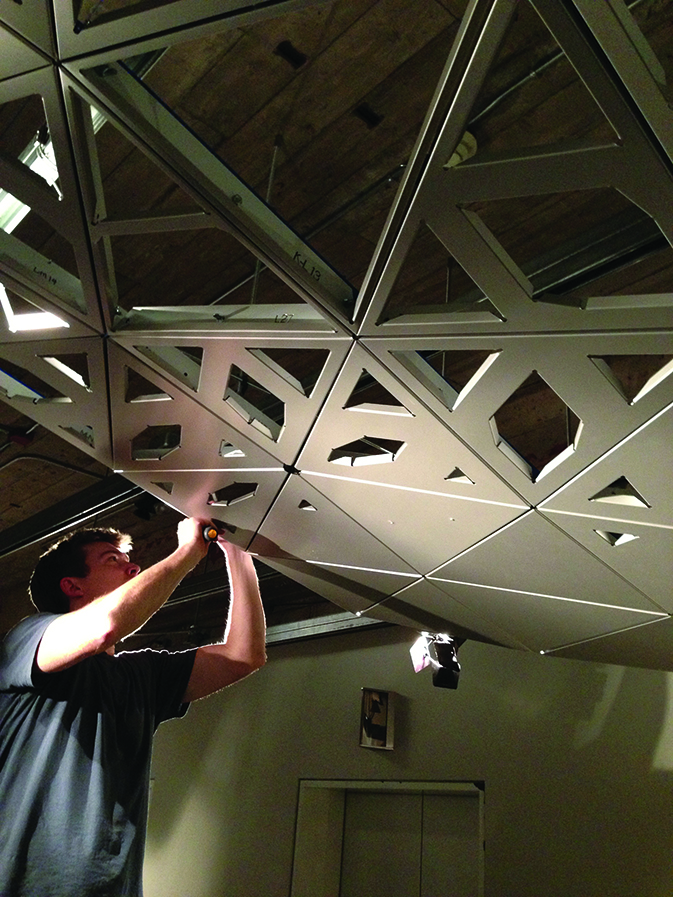UNStudio’s Ben van Berkel predicts, “in the future all architecture practices will become arch tech firms, but for now we have to pave the way to make this expansion of our knowledge and expertise possible.”1 We as a profession and industry are about to come face to face with the onslaught of technological disruption, and remaining agile – irrespective of firm size or focus, maintaining an ability to pivot on a dime – in the face of change will be all the more important in the years ahead. Hiring and retaining good people who are flexible – who possess the requisite skillsets and mindsets – will remain imperative. Your having read to this point, just what these are ought to be clear and more certain.
In addition to everything else we do, firms today must also be software practices and technology firms – even if it’s not in their DNA – creating apps and other digital tools, for their own use and commercialized for others. One reason beyond increased productivity is employee retention. AEC is undergoing a brain drain, where design firms compete for the best people not only with other design firms but also with software developers and startups. In lieu of traditional practice, recent graduates are going into arguably more alluring, lucrative startups, quicker-paced software development companies and verticals. How do we keep talented, smart people interested in a field where projects can take three to six years or more to complete? Understanding what makes Supersusers tick is an important first step. With the very entrepreneurial so-called Gen-Z generation poised to enter the workforce in the coming years, the internal development of new technologies and the potential commercialization of these tools will become more important in terms of retaining this talent.
Emerging design professionals – if we play our cards right, tomorrow’s future Superusers – are concerned about their prospects for a bright and prosperous future. The concern isn’t that “the robots will take over.” Warranted or not, the concern for emerging professionals is that they want to develop entry-level, foundational skills. They’re afraid that, by AI doing this “drudgery work” for them, the deskilling of practice that frees them “to work on design and be creative” instead keeps them from developing into well-rounded professionals who in their work experience flow. We owe it to ourselves, and to our clients, to be cognizant – but not anxious, panicked, or alarmed. As firm leaders, we need to talk about AI not in terms of survival, but instead, how we’re going to leverage, exploit, embrace, and capitalize on the changes. It’s not enough to “adapt” and “survive.” As firm leaders, we must persevere – and have a vision, a plan, for how this will come about.

Figure 10.1
Stephen Van Dyck and Scott Crawford, along with Jack Chaffin, founded Frankenstein Inc. in 2012 in order to purchase and operate a kit-built CNC mill they built in Scott’s garage. Their work with that machine produced many studies and mockups for their concurrent work at LMN Architects and was the proof-of-concept that forged the way for LMN’s full-blown shop which has become a key contributor to the firm’s design process. (2018) Credit: Scott Crawford.
There is a strongly held belief by firm leaders that design technologists, when required, can always learn the tools, but becoming adept at people skills, on the other hand, requires constant nurturing and attention. Any investment in time, energy, and resources to improve communication skills – including interpersonal, conversational, and question-asking skills – as well as thought leadership, storytelling ability, and teachability, will prove worthwhile. As this book has tried to make clear, what separates Superusers from someone who specializes in technology is their interpersonal intelligence – their now famous finesse when it comes to human interaction. It’s their consideration for other’s interests, needs, and constraints that truly separate Superusers from ordinary technologists.

Figure 10.2
Using their CNC machine, LMN Architects built several mockups of Voxman’s Theatroacoustic System to validate their design and fabrication data for use in final construction. (2018) Credit: LMN Architects.
Superusers’ roles, as either generalists or specialists, fall into predictable categories, but are of exponentially more value when they fall along a continuum. Teams and firms benefit from the grey space of the Superuser’s generalist/specialist hybrid role. They deliver value by means of increased productivity, via agile processes, and automating repetitive processes. Superusers provide an improved user experience, by easing tool use and accessibility, while connecting tools, people, and processes, reducing user pain points.
But Superusers can’t help firms if they can’t be found. The search for design technologists needs to be ongoing, requiring never-ending vigilance, and begins the moment after one is hired – not when the need arises, or worse, well past. Don’t discount growing from within. Turning current employees into tool-virtuous, soft-skilled Superusers requires the same vigilance, determination, and creativity – it is every bit a design challenge as designing buildings – in coming up with an amicable plan for all involved. Firm leaders must decide how much of the risk in the Superuser’s risk journey they are willing to share.
Team leaders were once thought clueless by their direct reports when giving a team member a month-long assignment, and because they didn’t understand what’s involved, telling them it’ll only take a day. Today, with computation, team leaders are equally clueless when giving a team member a daylong assignment, and because they don’t understand automation, tell them it’ll take a month. Understanding what Superusers actually do all day to earn their coveted appellation ought to be on the top of managers’ and team leaders’ priorities.
Turning a two- to three-day assignment into a 20-minute step is why we automate in the first place. It also frees you – and your direct reports – to focus on designers’ core competency. Firms need to continue to automate what they repetitively generate manually, then look through their standard delivery processes to see how much more they can automate. Today we can automate the manual calculation parts of design, addressing ergonomic standards, legal code requirements for life safety, and so much more – so, automate. But as Ian Keough, the founder of Dynamo and author of this book’s Foreword suggests: Architecture isn’t what’s left over after everything’s been automated.

Figure 10.3
3D optimization support calculation for a new building. (2018) Credit: Thornton Tomasetti Core Studio.
Keeping Superusers, and keeping them from leaving for richer pastures – especially when design firms cannot be expected to match startup salaries – is an ongoing concern. Think in terms of intrinsic rewards. While intrinsic rewards won’t pay back student loans, consider their role in career longevity, which if personal experience is any indication, can over time match startup salaries. Having a job that offers the opportunity to leverage your core competency every day on the job has a dollar equivalent. Think not just in terms of pay scale but the total package: all of the benefits of working as a design professional, including access to learning, personal and professional growth – not on apps and spreadsheets but on the hands-on model making that led to that mixed-use project going up down the street from your kid’s school. As I tell my students, always have a minor to go along with your major. Only for design professionals, your major is what you do M-F. At the annual review, ask your employees, what did you minor in this year? Your minor is what will keep you relevant – and frankly fun to work with.
It is high time firms invest in, engage, and clear a path for Superusers, for what they are: the next generation of the profession.
Who better to take us into this future than the Superusers we work with?
Note
1 Marcus Fairs, UNStudio launches tech startup to drag architecture into “the age of the iPhone,” Dezeen, March 12, 2018.